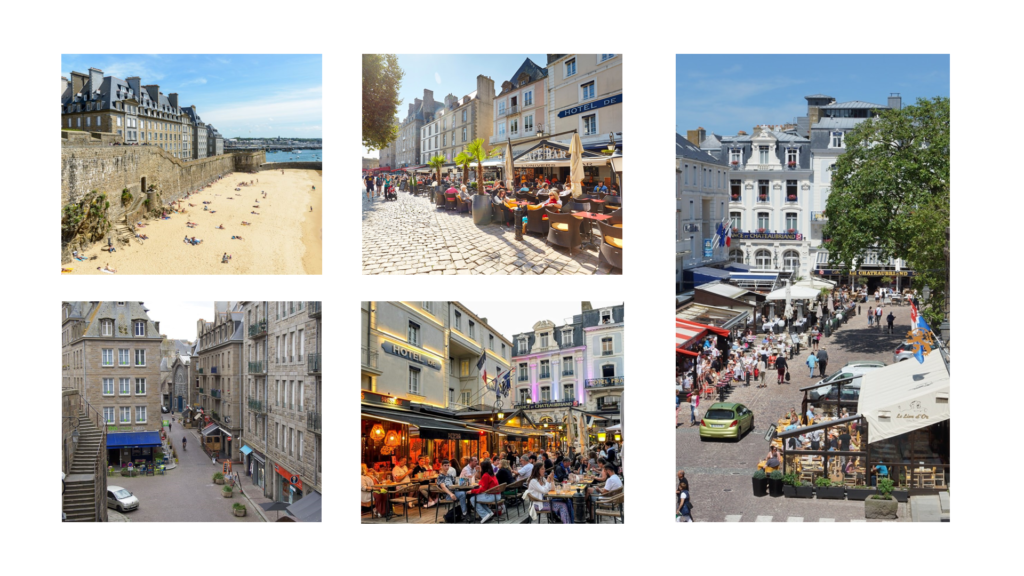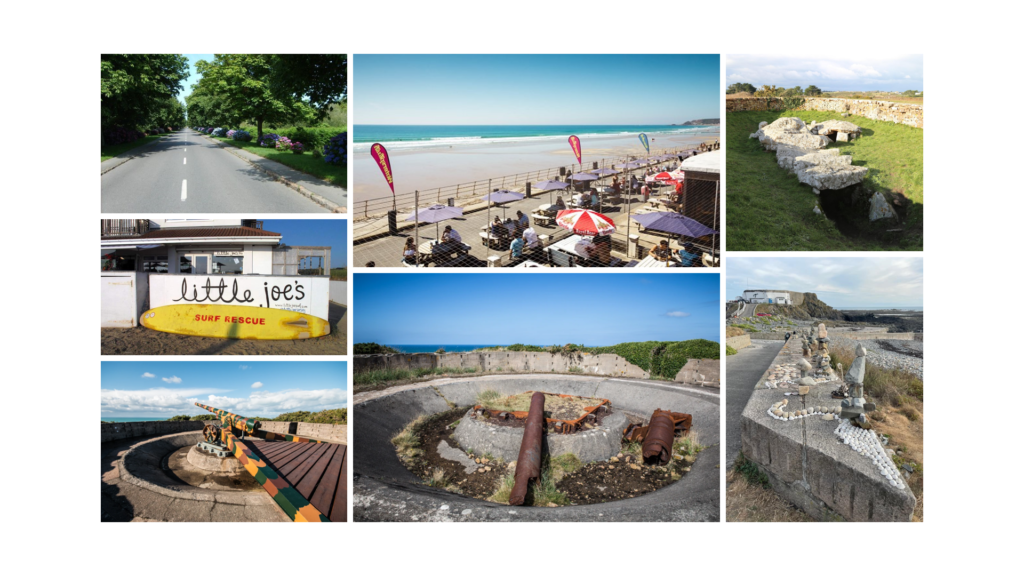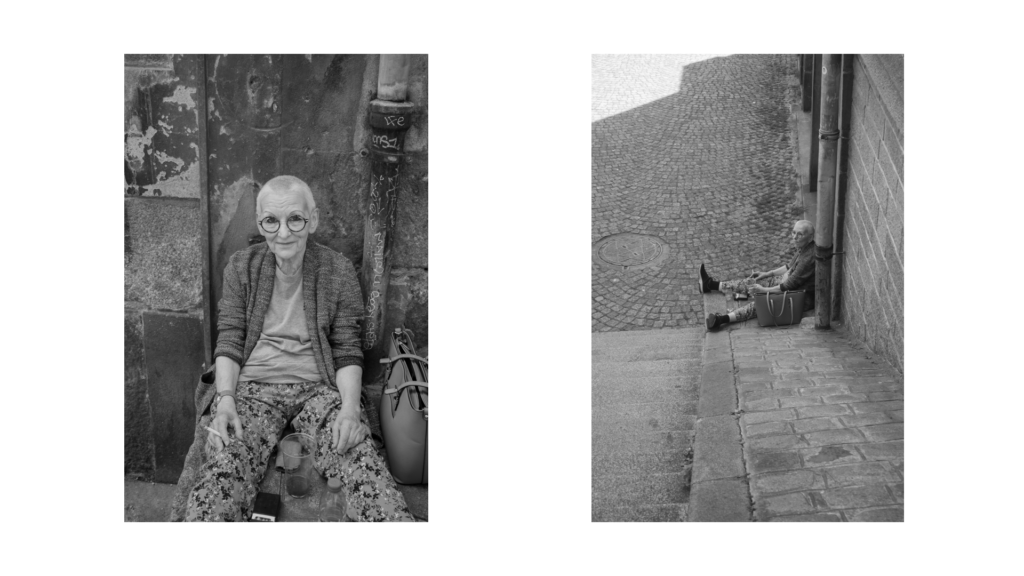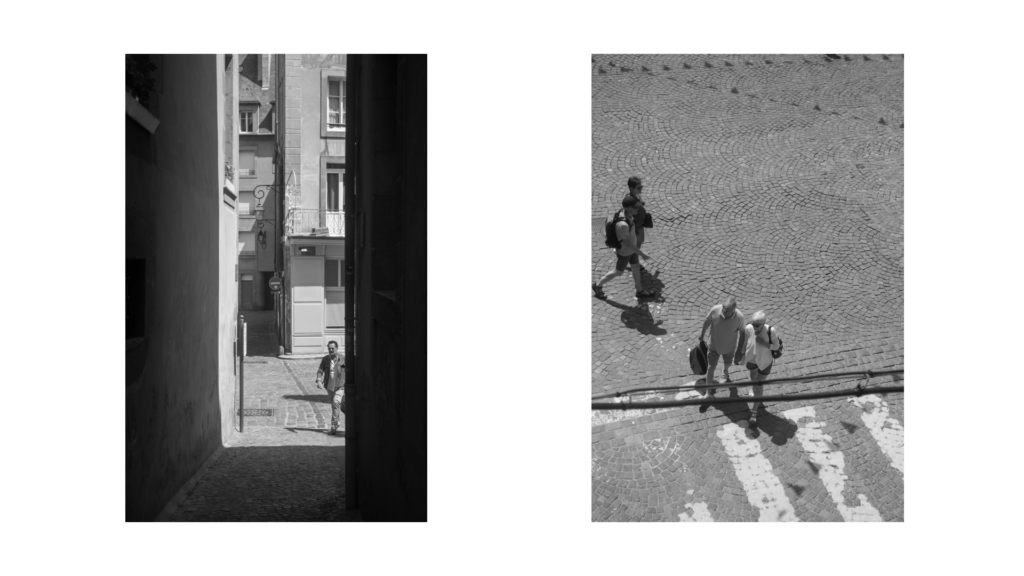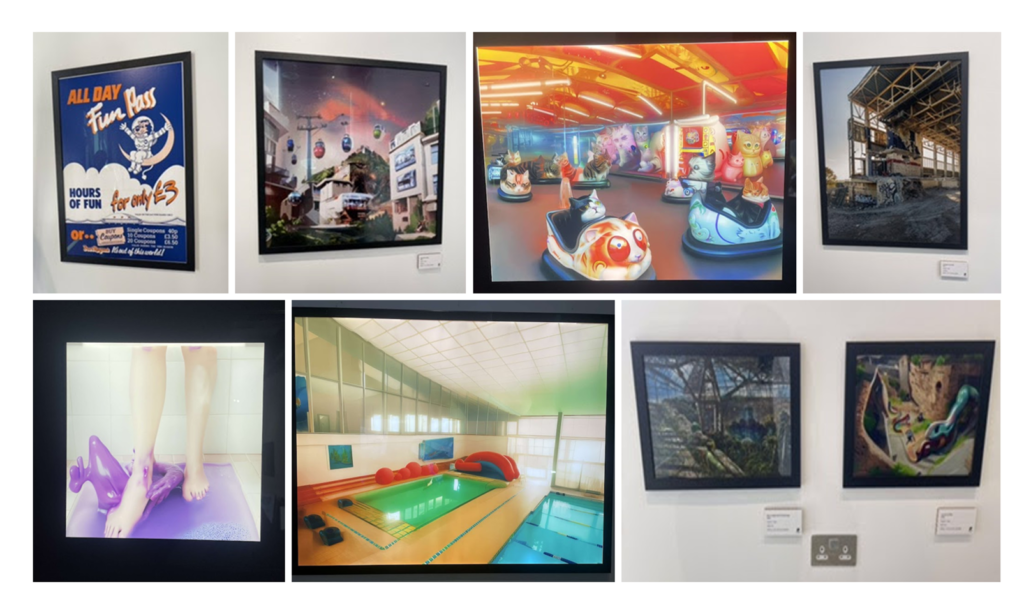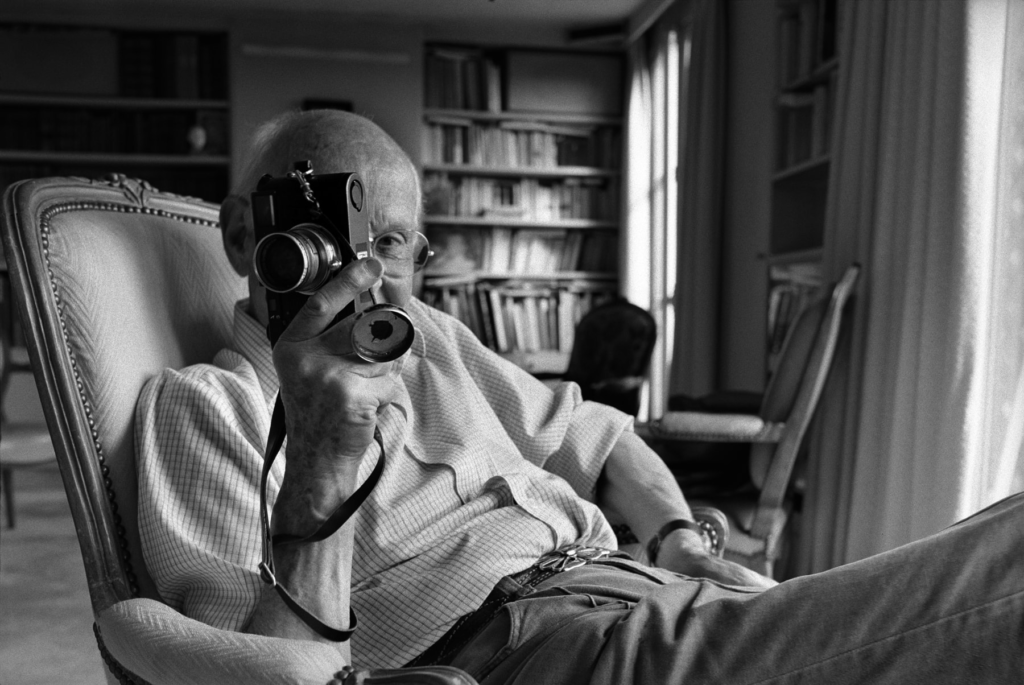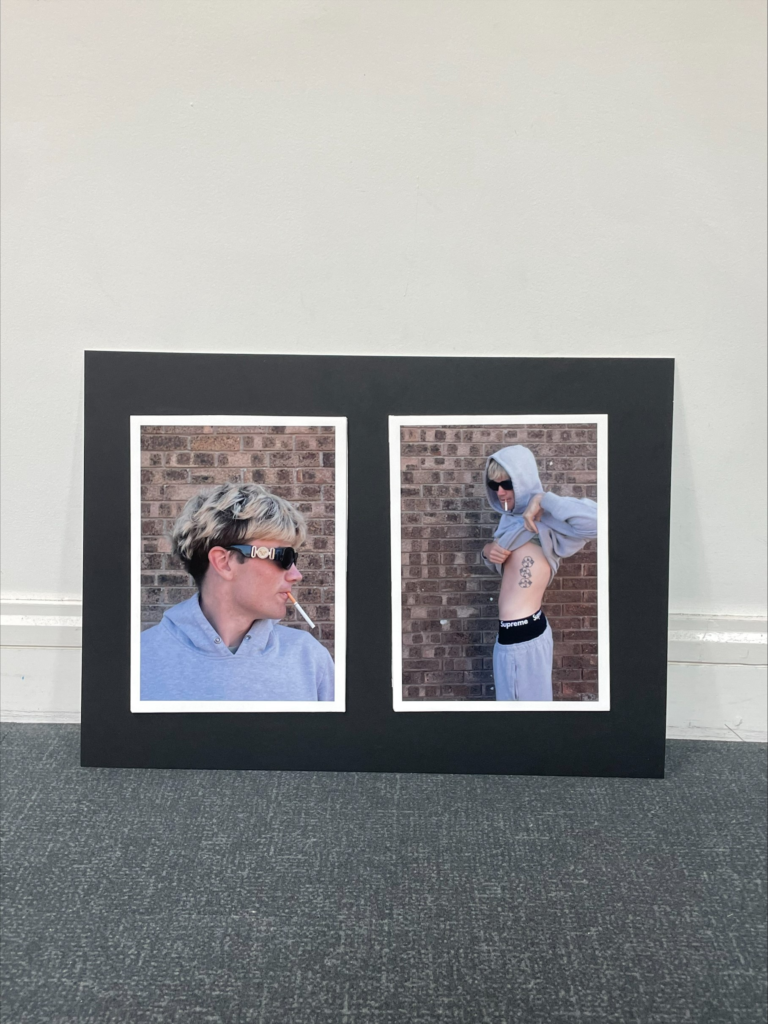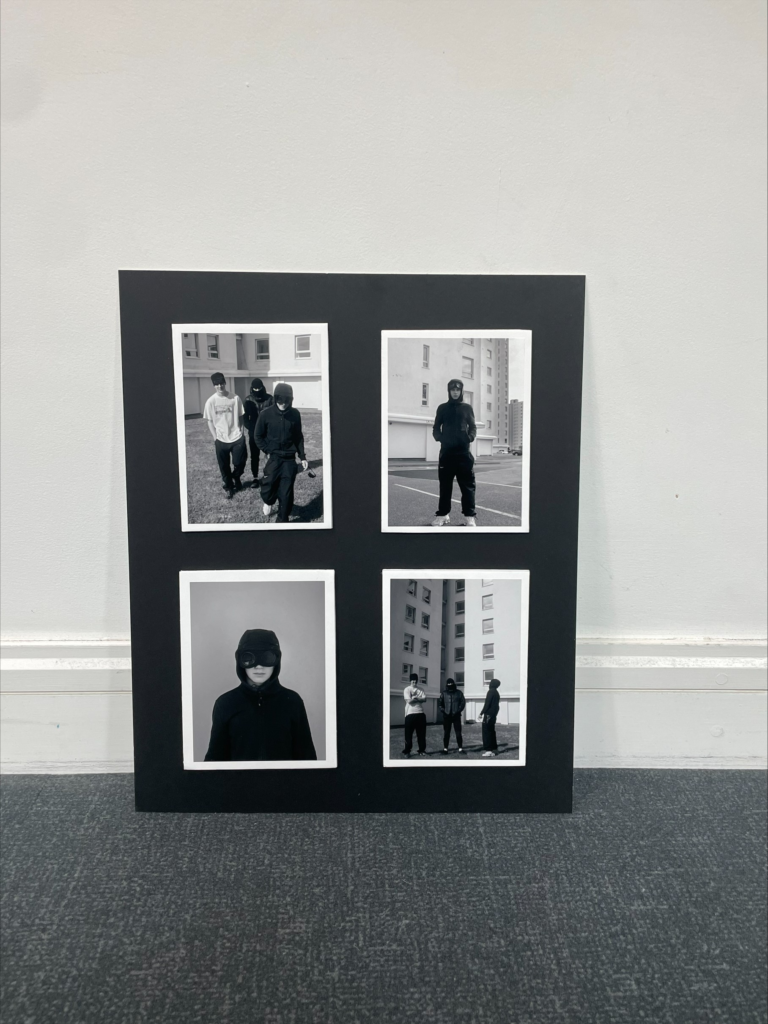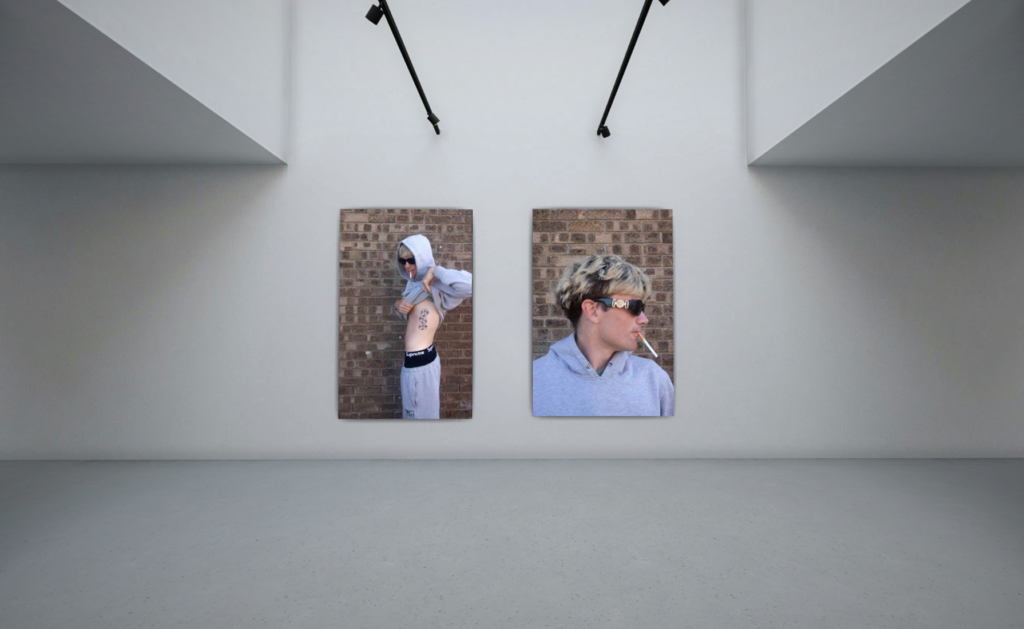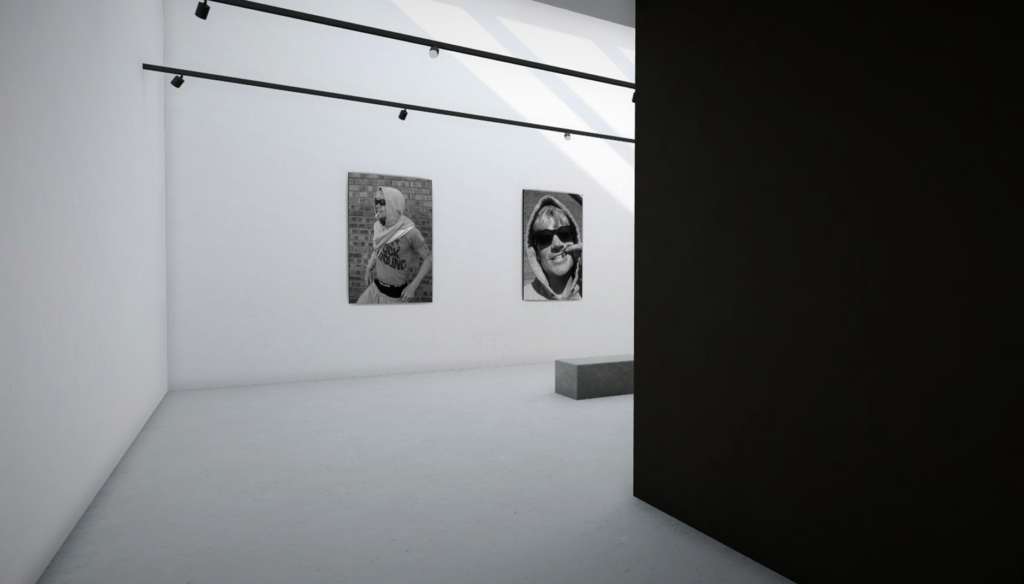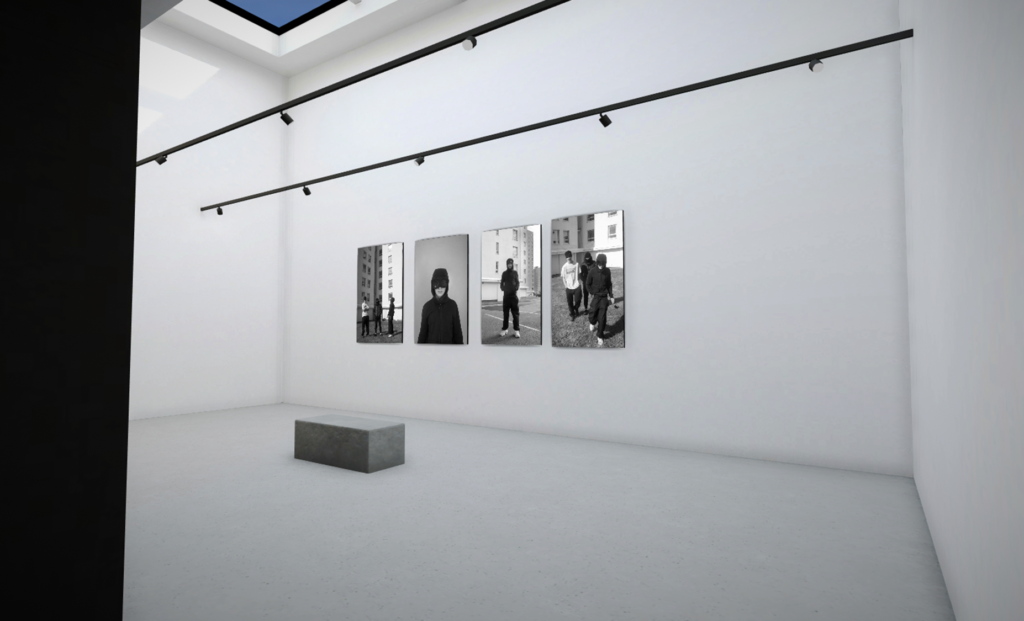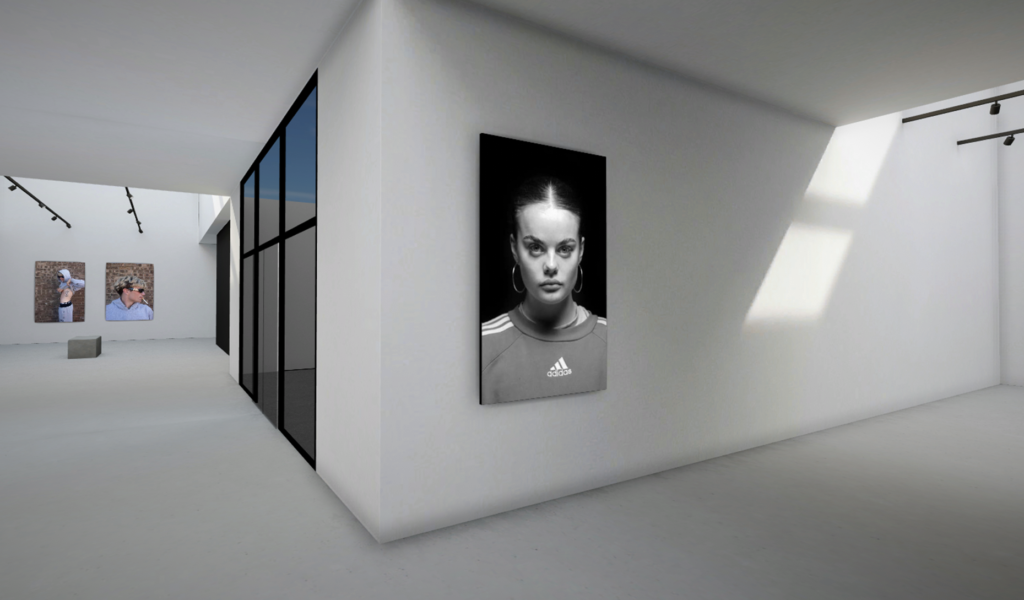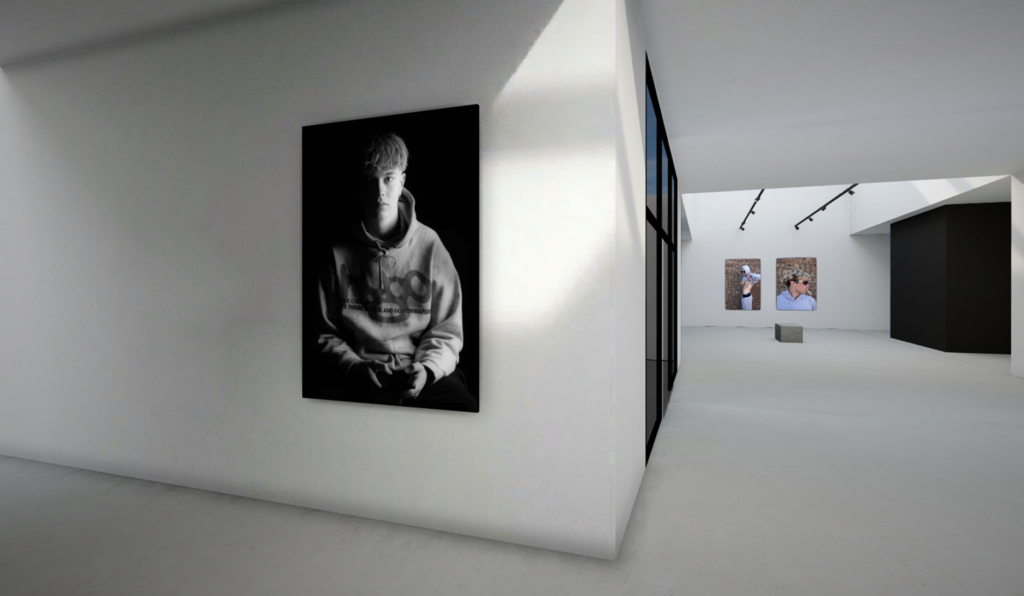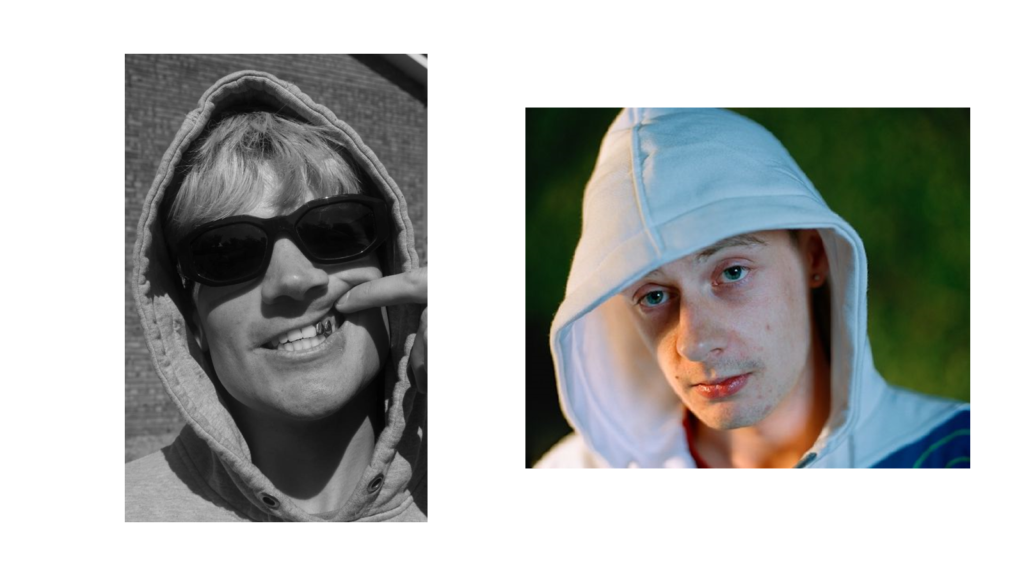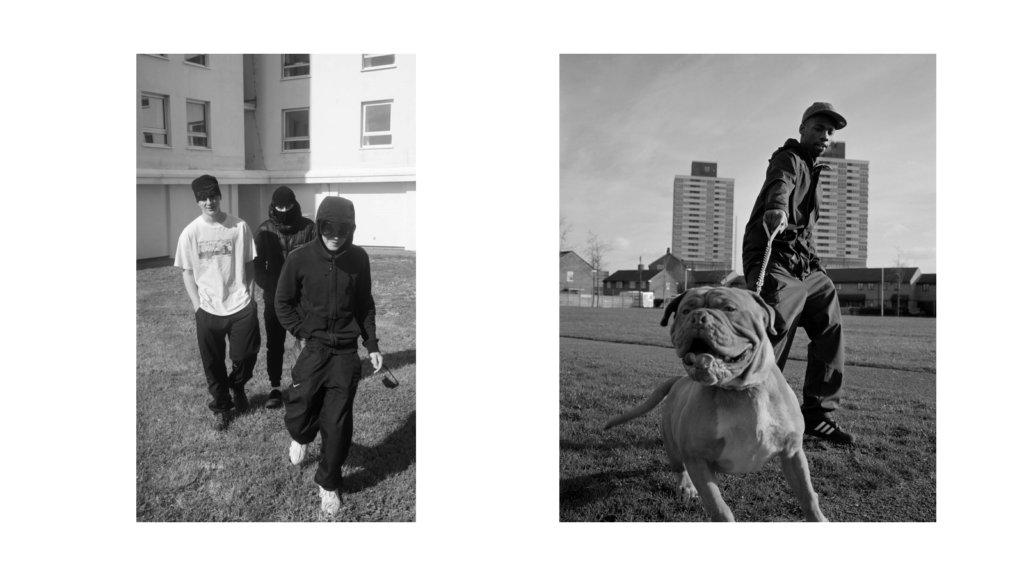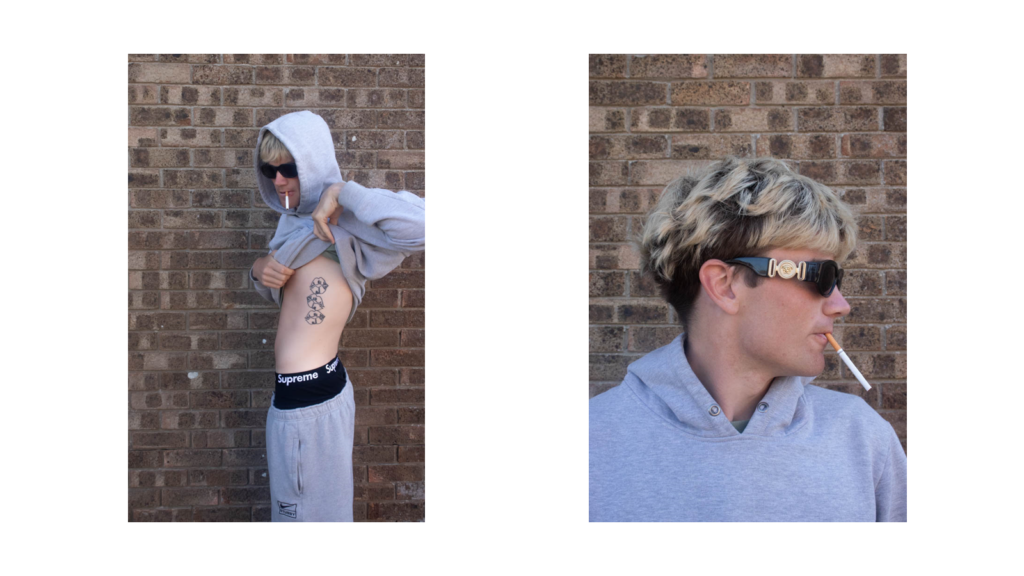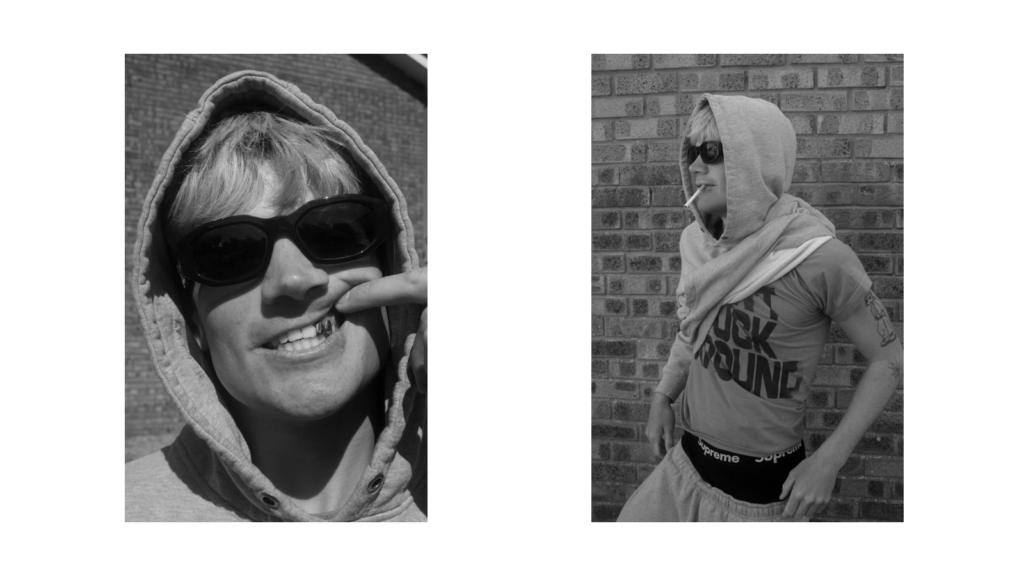
Research
St. Malo, a beautiful and historic city in Brittany, France. It’s located right on the English Channel, and it’s known for its stunning beaches, charming architecture, and rich history. Some of the top attractions in St. Malo include the walled city, the St. Malo Cathedral, and the Fort National. The walled city is the most famous part of St. Malo, and it’s a great place to explore on foot. You can walk along the ramparts, visit the castle, and see the beautiful views of the sea. The St. Malo Cathedral is another must-see attraction in the city. It’s a stunning Gothic cathedral that was built in the 12th century, and it’s one of the most beautiful churches in France. Finally, the Fort National is a historic fort that was built in the 17th century to defend the city from the English. It’s a great place to learn about the history of St. Malo and the region.
In addition to these historic attractions, St. Malo is also known for its beautiful beaches. The Plage du Sillon is the most famous beach in the city, and it’s a great place to relax and soak up the sun. The beach is also a popular spot for water sports like surfing and windsurfing. Another great beach in St. Malo is the Plage de Bon Secours, which is located just outside the walled city. This beach is a bit quieter than the Plage du Sillon, and it’s a great place to go if you want to avoid the crowds.
St. Malo is also known for its delicious food. The region is famous for its seafood, and you’ll find plenty of great seafood restaurants in the city. Some of the top dishes to try in St. Malo include moules marinières (mussels in white wine), coquilles St. Jacques (scallops), and galettes (savory crepes).Overall, St. Malo is a beautiful and historic city that’s definitely worth a visit. Whether you’re interested in history, beaches, or food, there’s something for everyone in this charming French city.
Mood board
